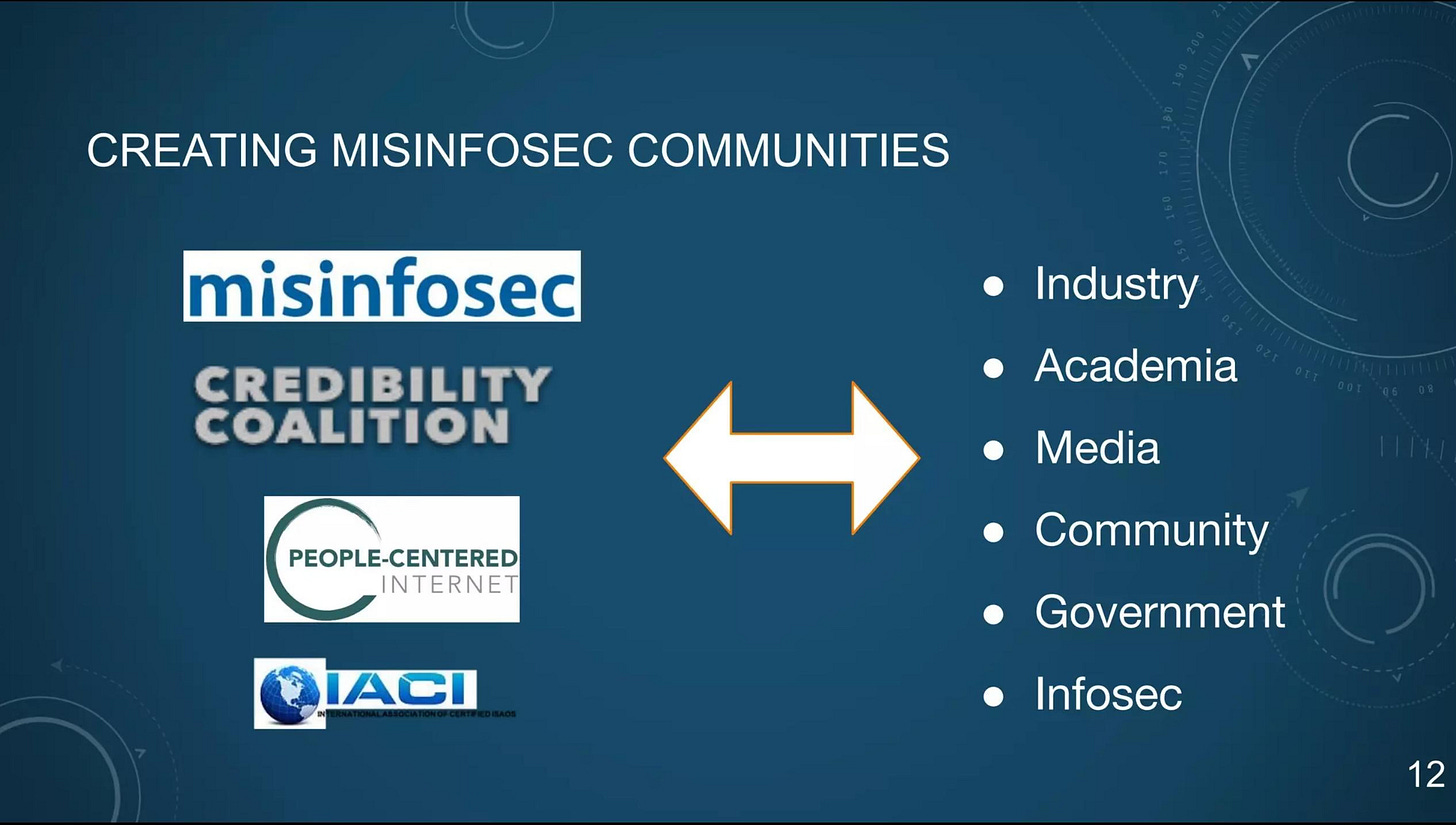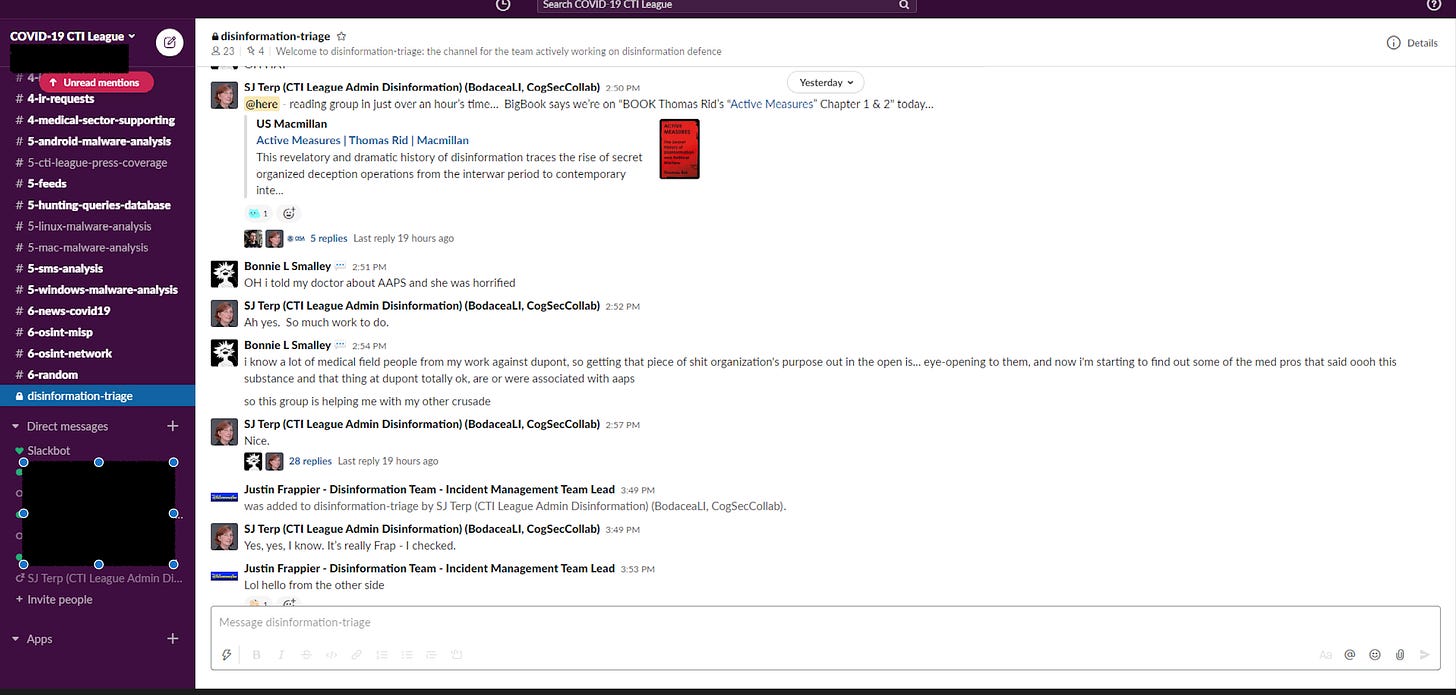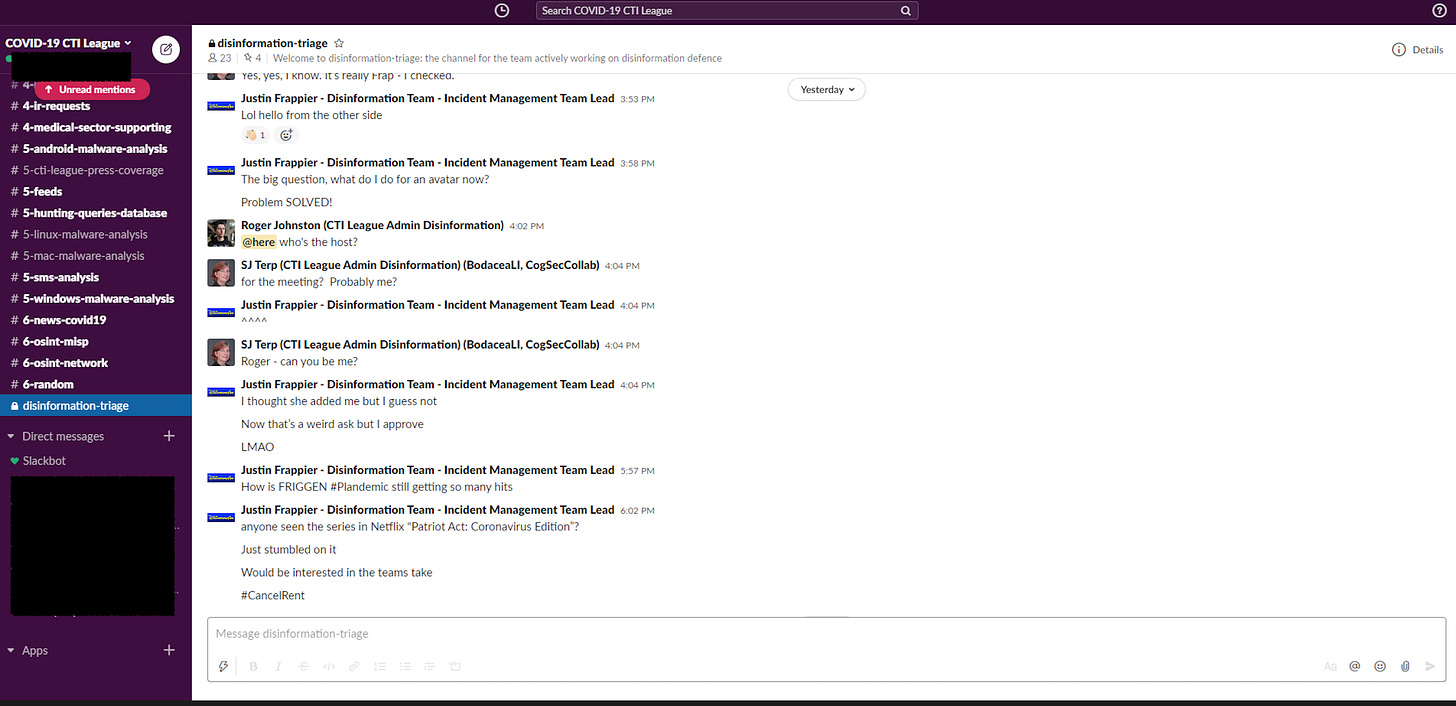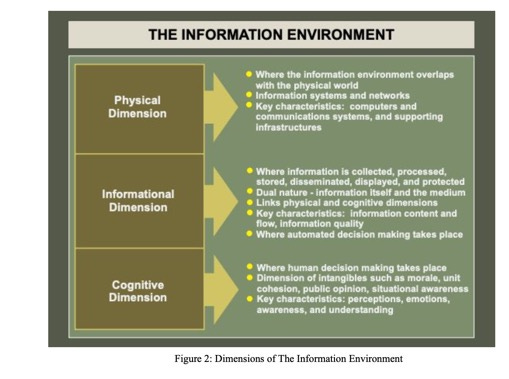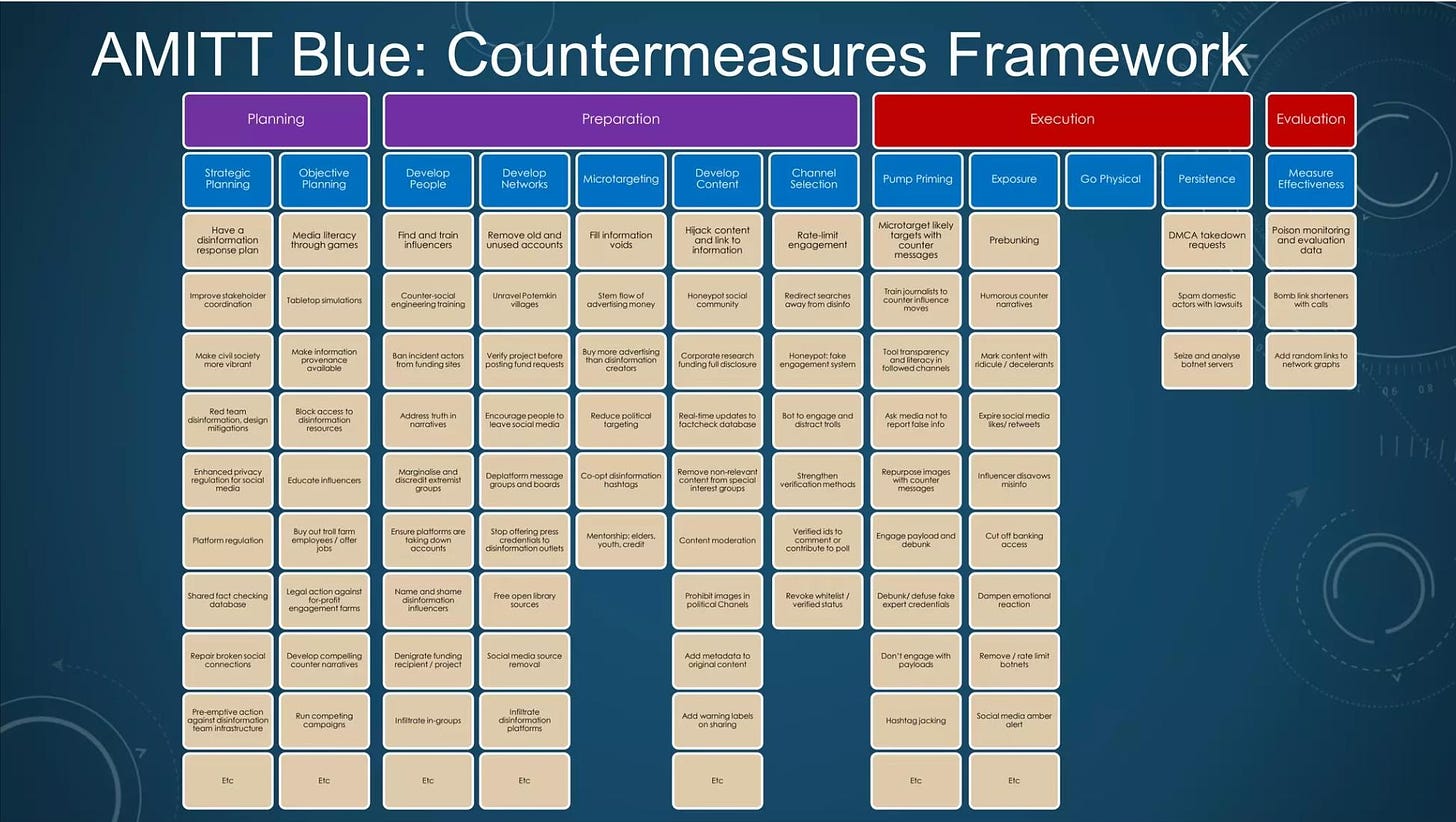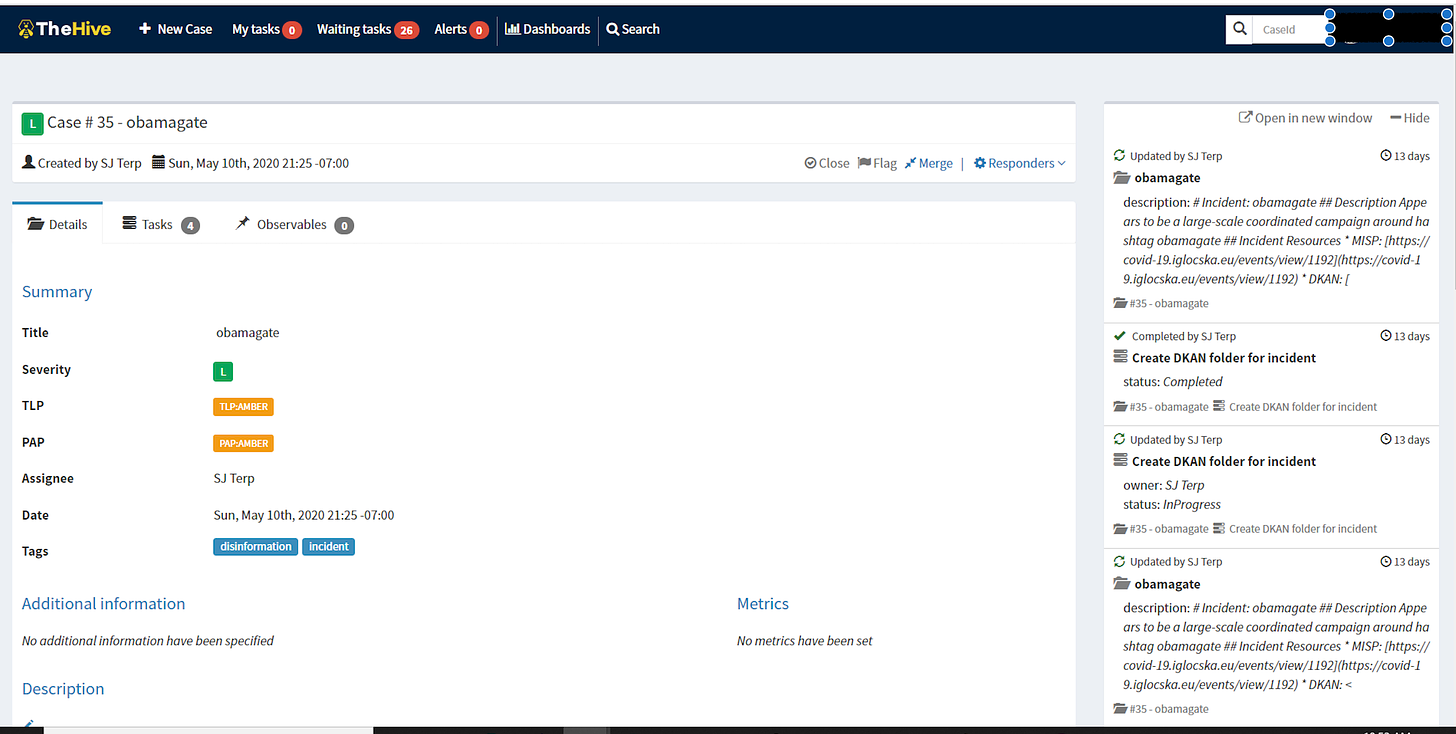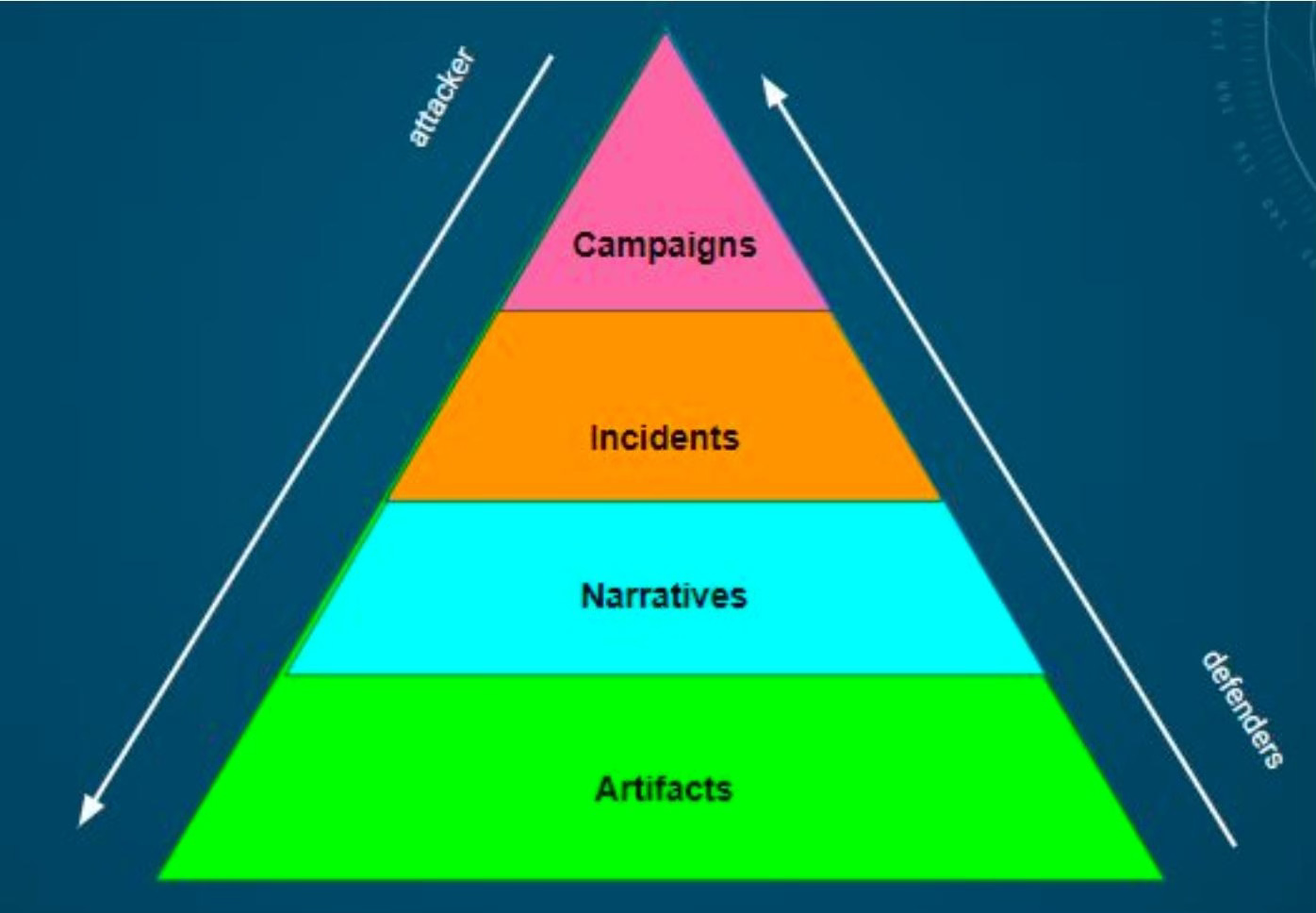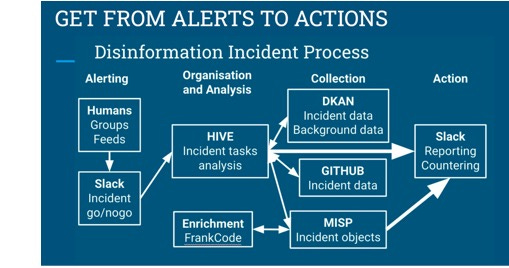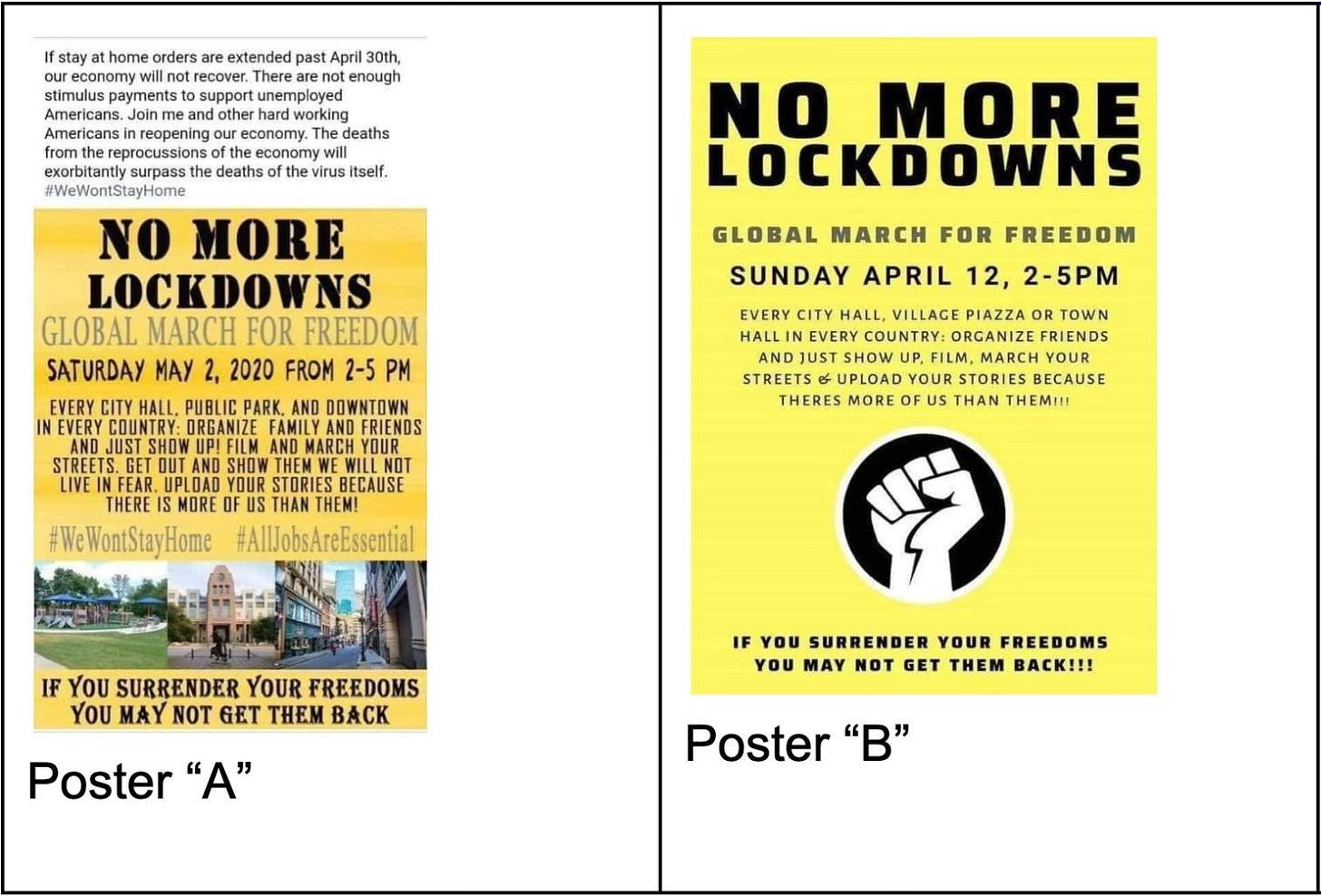
By Branko Marcetic, New Left Review (Sidecar), 11/23/23
‘Agency’ might be the word of the decade so far. When applied to the Ukraine war, the term is usually taken to mean that we must follow the lead of Ukrainians themselves – keeping mum about peace talks, sending more weapons, and supporting the maximalist aims of the Kyiv government. John Feffer, director of Foreign Policy in Focus, has described those calling for diplomacy as ‘blinkered and arrogant’, urging them to ‘listen to our progressive brothers and sisters in Ukraine’ instead of ‘some set of abstract principles’. Writing in Foreign Policy, Alexey Kovalev has condemned the ‘twisted worldview’ of peace activists for whom ‘Ukrainians have no agency and Russia is the victim of a proxy war’. For such commentators, there is no need to untangle the knotted historical context or weigh up competing Ukrainian interests; we can simply switch our brains off and outsource all decision-making to those under attack. This discourse is prevalent across the ideological spectrum, including on the left. At best, it has served as an intellectual cheat code for eliding the conflict’s complexities; at worst, it has shut down debate and silenced dissent. What are its underlying assumptions? And does its image of Ukraine align with the reality?
Pro-war commentators tend to see ‘Ukrainian opinion’ as a monolithic entity, embodied by those who oppose negotiations with Moscow and favour fighting until the country’s borders are restored to their pre-2014 lines. This notion is particularly prominent in the US and UK, where martial political cultures have fed the public images of a unified Ukrainian people who ‘will never surrender’, regardless of the toll it takes. After a recent trip to military hospitals in Lviv and Kyiv, Boris Johnson wrote that wounded Ukrainians ‘don’t want any anthems for doomed youth or moaning about the pity of war. They want to get on with killing Russians and expelling the invader from their land.’ Any Westerner who contradicts them is accused of being condescending or aloof.
It is true that most surveys depict a Ukrainian public that overwhelmingly backs the continued war effort – which is hardly surprising in a nation that has suffered unjustifiable aggression from its neighbour. But such polling has often excluded those in Russian-occupied or separatist-controlled areas, along with the millions who have fled the country, many of them from Ukraine’s south and east. More comprehensive studies suggest that Ukrainians are, in fact, divided on the question of a ceasefire when these demographics are taken into account. Support for one is significant among the displaced population, and is reaching around 40% in regions that have been hit hardest by the war.
In Crimea, separatism – whether joining Russia or becoming an independent state – has fallen in and out of favour since the collapse of the Soviet Union. It may not have commanded a majority in 2014, when Putin used a dubious referendum to justify his seizure of the territory. Yet a series of polls since then show that most Crimeans are now content to remain part of Russia. This is likely connected to the post-2014 Ukrainian retaliation against the region, which included cutting off its water supply and creating chronic shortages for its residents. While the 2014 annexation was a naked act of aggression, it would be hard to argue that a military reincorporation of the region into Ukraine would be legitimate either. It would certainly be contrary to the people’s will, or ‘agency’. (According to Zelensky’s government, at least 200,000 Crimeans would face collaboration charges were the territory recaptured by Kyiv.)
The picture is more complicated in the Donbas – but even there, ‘listening’ to Ukrainians throws up certain difficulties. When I interviewed two communists in Donetsk last autumn, Svetlana and Katia, both told me that Ukrainian shelling, which their communities have suffered since the eruption of civil war in 2014, had worsened significantly since the start of the Russian invasion. ‘This is primarily due to Western arms deliveries to Ukraine’, said Katia. ‘There are no safe places left in Donetsk.’ Svetlana recalled an incident where shelling had killed a young girl and her grandmother in the city centre, and vented her frustrations at the city’s constantly ravaged infrastructure. When I spoke with her, Ukrainian forces had just bombed the local water supply. ‘Every time our workers fix something, the next day it’s totally destroyed.’
While neither had any love for Russia or for Putin’s invasion, they explained how events like these – along with what Katia described as a long-standing and worsening ‘Donbassophobia’ in the country’s west – had left them out of sync with the perceived national mood. They both favoured peace talks and an end to the fighting, even if they were pessimistic it would hold. There is good reason to think Svetlana and Katia’s views are not unique. Within the Donbas, public opinion on the most desirable political outcome – whether it’s autonomy within Ukraine, absorption by Russia or outright independence – is fluid. A majority appeared to favour some kind of secession from Ukraine in 2021; and the most recent major surveys, conducted in January 2022, found that just over 50% of respondents in both Kyiv-controlled and separatist areas agreed with the statement ‘It doesn’t matter to me in which country I live: all I want is a good salary and then a good pension.’ This sentiment may well have hardened over the subsequent months of bloody warfare.
*
There are also the many Ukrainians who do not wish to fight. Following the invasion, the government immediately barred men aged between 18 and 60 from leaving the country. Many of those who tried to flee were stopped by authorities, separated from their families and sent back to be conscripted. Since then, scores of Ukrainians have defied the order, resorting to elaborate schemes – often costly, sometimes life-threatening – to escape across the border. Thousands are facing criminal proceedings for doing so and hundreds have already been convicted. A Ukrainian official revealed in June that the Border Guard was detaining up to twenty men per day trying to make the illegal journey, while the BBC recently found that 20,000 men have fled to avoid conscription since the invasion.
Those still in Ukraine have gone to great lengths to not be drafted, staying off the streets, resorting to bribery and consulting Telegram channels set up to help people avoid military recruiters, some of which have more than 100,000 members. Reports suggest that recent conscripts are overwhelmingly poor, whereas those with money have increasingly been able to buy their way out. A petition opposing aggressive recruitment strategies received more than 25,000 signatures last year, above the threshold necessary to elicit an official response from the president. None of this paints a picture of, in the words of Condoleezza Rice and Robert Gates, a wholly ‘determined partner’ that is ‘willing to bear the consequences of war’, nor of a people who ‘do not fear a long war but an inconclusive one’, as one former CIA officer remarked. Nor does it indicate a population that uniformly views peace talks and concessions as greater evils than prolonged bloodshed.
There are, indeed, a considerable number of Ukrainians who believe that ‘even a “bad” peace is better than a “good” war’. After the invasion, prominent politicians and media figures called for negotiations and, in one case, outright surrender. Should we have listened to them simply because of their nationality? Or, indeed, to the minority of the population that actively support Russia? Left-wing Ukrainians who oppose diplomacy and a ceasefire are sometimes cited in the Western press and held up as a paradigm for their Western comrades; but their views are hardly unanimous. Volodymyr Chemerys, the respected human rights advocate who played a leading role in multiple Ukrainian revolutions and staunchly opposed Moscow’s invasion, has called on Zelensky to negotiate since the start of the invasion. When I interviewed him last year, he complained ‘that several small groups that call or called themselves “left”, in fact, have become personnel serving the Kyiv authorities, supporting imperialism and war, denying the existence of Nazism in Ukraine, rejoicing about repressions against left-wing activists and the banning of left-wing parties.’ Marxist groups like the Workers’ Front of Ukraine, and prominent activists like the Kononovich brothers, have taken similar anti-war positions. Listening to Ukrainian voices, given their diversity, is more complicated than Western pro-war commentators suggest. It is inevitably selective, and it requires an exercise of political judgement to decide between contradictory viewpoints. How could it not?
There is also the obvious fact that a population’s ‘agency’, or what we might usually call public opinion, is not static. It is influenced by a variety of factors and subject to external manipulation. Ukrainian views on the war have emerged in a climate of intense patriotism and heightened government repression, with pacifists and leftists facing prosecution, imprisonment and even torture for their political views. Opposition parties have been banned en masse and media outlets shut down or placed under government control, with the Ukrainian parliament recently voting to strengthen the system of state censorship.
As peace activist Ruslan Kotsaba – now in the US after being persecuted for his anti-war views – told me, ‘All opposition figures previously promoting the peaceful resolution of conflict with Russia have either fled or are in prison’, giving peace talks the air of ‘playing for Putin’ or being ‘the work of enemy agents’. When he visited Ukraine in March, Anatol Lieven found that Ukrainians open to conceding Crimea as part of a negotiated settlement dared not make their views known on the record. The bellicose ‘consensus’ in the country reflects these dynamics. With nonconforming positions marginalized by the media and political class, mass opinion is shaped by officials in Kyiv.
Such malleability is perhaps best illustrated by Ukrainian attitudes toward NATO – another issue frequently cited by Western hawks who defend the country’s ‘sovereign right’ to join the alliance. Until 2014, only a minority of the population expressed support for membership (more have favoured a military alliance with Russia at various points since the breakup of the USSR). Historically, a plurality of Ukrainians have viewed NATO as a threat. George W. Bush’s attempt to draw the country into the military compact was met with angry protests that saw American flags set aflame on the streets of Kyiv. Diplomatic cables published by WikiLeaks revealed that Ukrainian officials, rattled by the scale of opposition, joined their American and NATO counterparts in stressing the need for ‘public education campaigns’ to persuade the Ukrainian population. This was as clear a violation of Ukrainian agency as you could get – yet you’ll be hard pressed to find establishment commentators, then or since, who objected to it on those grounds.
*
Throughout the war, Ukrainian ‘agency’ has only been invoked by Western governments when it happens to align with their geopolitical interests, and steadfastly ignored when it doesn’t. NATO states and their client media have, on various occasions, been more than willing to defy the Ukrainian leadership. For months after the invasion, Zelensky called, both publicly and privately, for Western support in negotiations with Moscow, to no avail. Even after the discovery of the war crimes committed in Bucha, he insisted that ‘we have no other choice’ but diplomacy. In May 2022, a majority of Ukrainians polled by the National Democratic Institute – a quasi-governmental entity connected to the US Democratic Party – favoured peace talks. Yet, curiously, those insisting that the West defer to Ukrainian wishes did not amplify Zelensky’s pleas. They expressed no outrage at this denial of his agency and ignored the well-corroborated fact that the US and British governments worked to scuttle a tentative peace deal he was negotiating. Instead, they spent months arguing against a negotiated settlement and in favour of a total military victory. They proved willing to overlook both the Ukrainian president and people in pursuit of this goal, regardless of the risks involved.
For almost two years, Ukrainian agency has only counted when it means prolonging the war – not when it might mean ending it. Nor does it apply to the designs of Western multinationals on Ukraine’s natural resources, nor to EU plans to use the country’s ballooning national debt and reconstruction costs – which grow with every week the war continues – to impose neoliberal shock therapy. Few invoked national sovereignty and agency when the US and Europe pressured Ukrainian leaders to enforce brutal austerity on their own people and open their farmland to foreign ownership. Today, reports suggest that Washington may finally be nudging Kyiv toward peace talks, only now against the wishes of Zelensky, whose vehement opposition to compromise no longer aligns with Washington’s evolving view of the war as a lost cause that is siphoning resources from a future showdown with China. In each case, the Western commentariat has had zero qualms about overriding Ukraine’s hallowed autonomy. It appears that certain forms of external interference – namely, those that come from the world hegemon and its relays – are considered entirely legitimate.
In a long–divided country like Ukraine, whose fault lines have deepened after years of civil war, public opinion is complex and differentiated. That Western war enthusiasts refuse to acknowledge this, and display no interest in the views of Ukrainians like Svetlana and Katia, is not especially surprising. Like other concepts that have migrated from liberal identitarian politics into the international arena, such as ‘Westsplaining’ and standpoint epistemology, the selective invocation of ‘agency’ was never really meant to reflect the nuances of Ukrainian thought. More often than not, these buzzwords are used to flatten them out. The result is a stifled political discourse and a rigidly conformist outlook the war, from opinionators spanning right and left.
The stakes are larger than Ukraine, as great as those already are. Before this war is even over, another great power conflict is brewing between the US and China. Once again, the ‘agency’ and ‘voices’ of those caught in the middle – this time on the island of Taiwan – are being wielded to whip well-meaning Westerners behind Washington’s aggressive foreign policy, even though it is those same people who will suffer most from its recklessness.
Here, we should pause to consider whether ‘public opinion’ – mutable, unstable, subject to ideological and circumstantial pressures – can be a reliable touchstone for the left. We should also question the wisdom of grounding our political positions in certain identities or experiences that are said to hold particular epistemic authority. In matters of war and peace, our political judgment ought to be informed by the ‘public’; but as in the domestic sphere, this can only be done by recognizing its heterogeneity, and by interrogating the complex factors that give rise to the ‘majority view’. Asking us to follow the latter uncritically may simply be a matter of political expedience for Washington and its subsidiaries, but coming from leftists, it’s a demand for intellectual cowardice.

